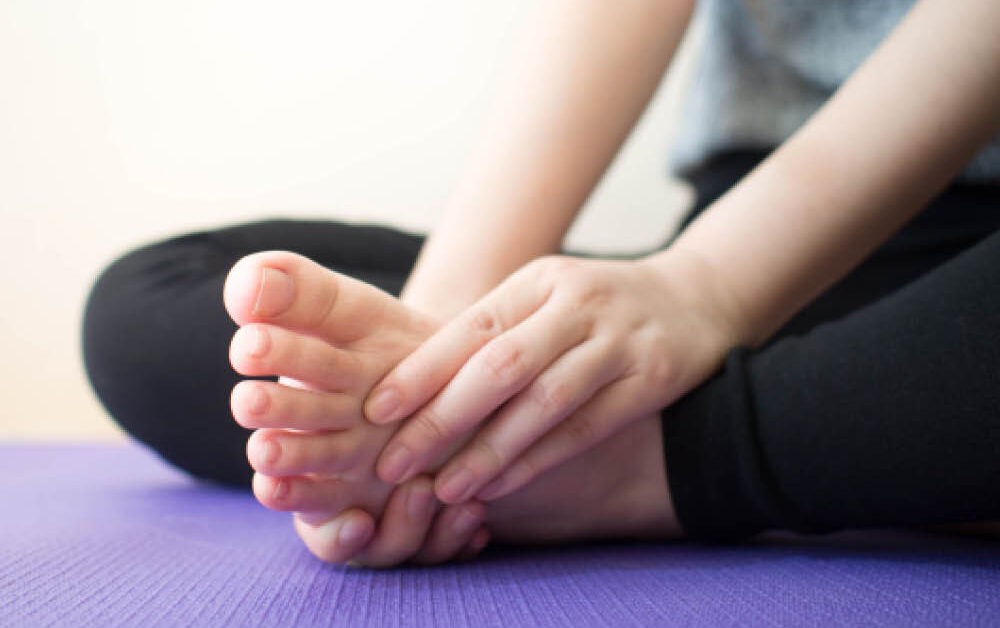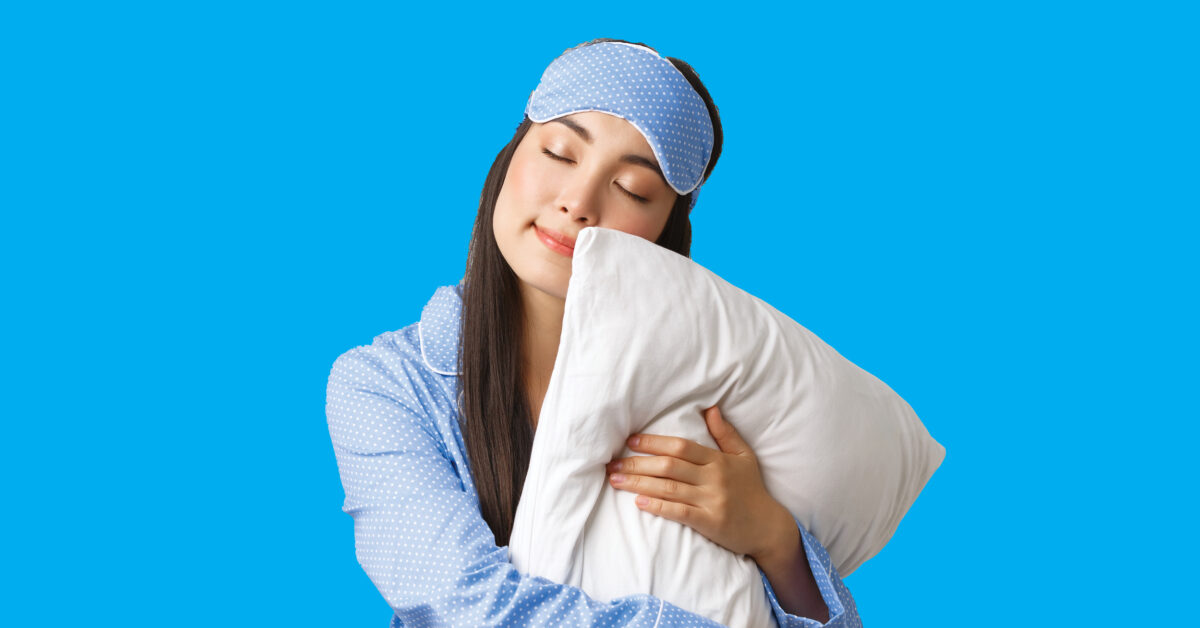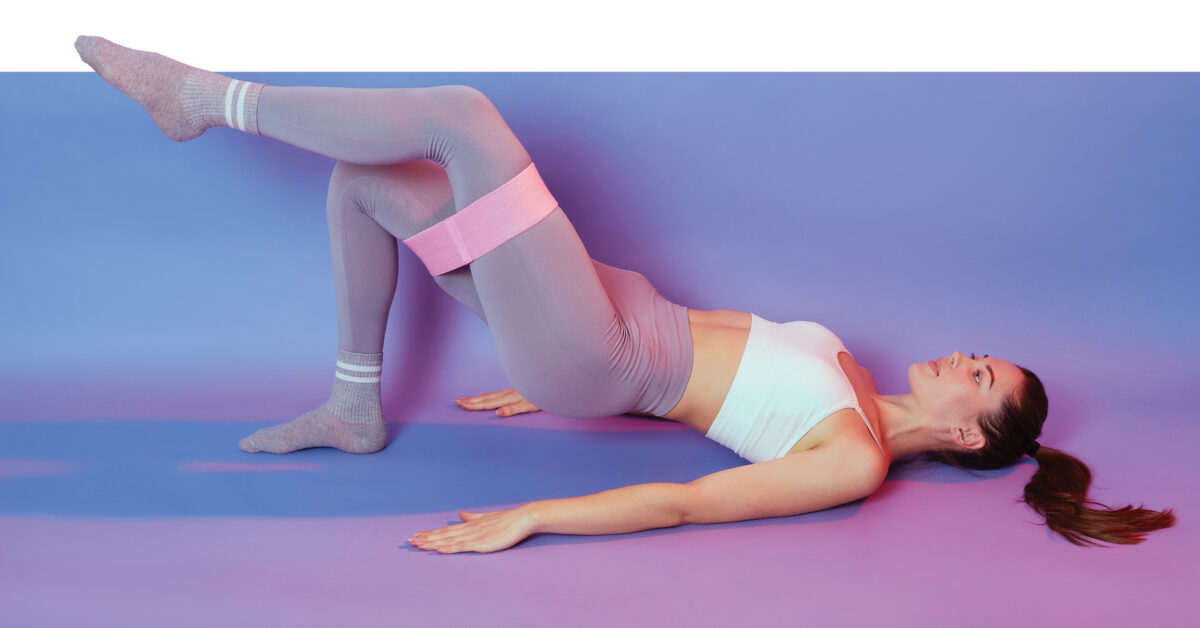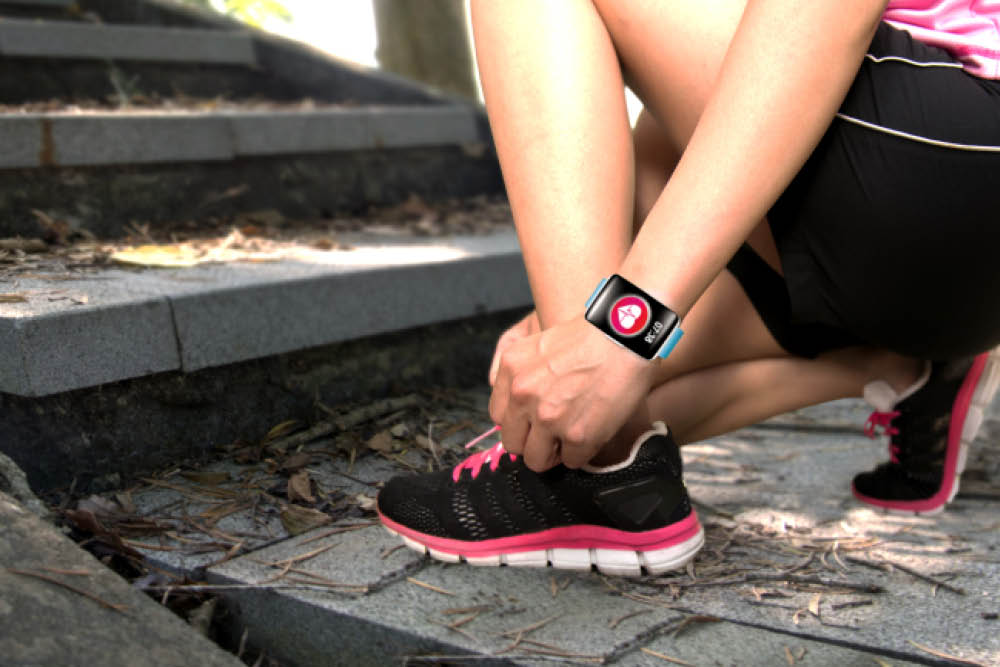
We’re Still Moving
January 2021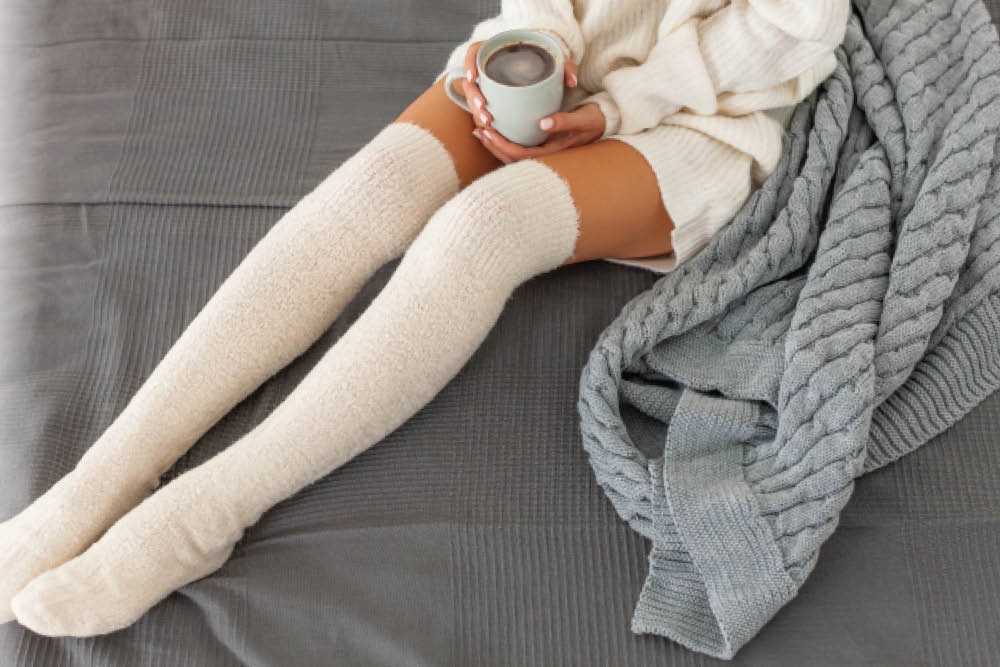
Winter Weather & Varicose Veins
January 2021by Kristy Como Armand
With so much attention focused on COVID-19 precautions, recovery from multiple hurricanes and the resulting stress from the convergence of all these disasters, it’s understandable if you didn’t spend a lot of time thinking about your foot health in 2020. But according to foot and ankle specialist Dr. Tyson Green with the Center for Orthopaedics, many people did feel the impact of the year’s events on their feet.
“We saw a marked increase in certain types of foot problems last year. It’s even been called ‘quarantine foot.’” says Dr. Green. “The primary reason is more time going barefoot at home. Before the COVID-19 crisis, many people regularly went barefoot in and outside their homes, but time spent without shoes greatly increased in 2020 as people retreated to their homes to prevent the spread of COVID-19. Walking around barefoot, or even with just socks on, for extended periods can put you at increased risk for foot problems.”
Not wearing shoes may feel like you’re giving your feet a rest and is more natural, but it’s a big change for your feet. “We grow up wearing shoes, so our feet and ankles develop with a dependence on this support,” explains Dr. Green. “Our ligaments and tendon structures are not adapted to support bare, or feet in just socks or slippers, day after day, even if the activities have you staying in and around the house. It’s the length of time without adequate support that can lead to pain and injury.”
When you are barefoot, your foot has to spring unsupported off the floor. When this happens repeatedly, Dr. Green says it stresses the ligaments and tendons around the ball of the foot. This can cause metatarsalgia, a condition in which the ball of the foot becomes painful and inflamed.
Another common problem Dr. Green saw more of in 2020 was plantar fasciitis. It’s one of the most common causes of heel pain but can also cause pain in the arch of the foot. The plantar fascia is a structure that extends from the heel to the ball of the foot. Its job is to help to hold the arch in place. “When you walk around barefoot, there is nothing to support the arch, as an arch support would do in a shoe,” he says. “Your body weight strains the bottom of the foot, straining the plantar fascia ligament, which can cause pain in the heel, arch or both.”
Without shoes on, Dr. Green says people with flat feet put more stress on the inside of their foot and ankle, leading to tendinitis. Those with high arches also face risks of problems because there’s extra pressure on the ball of the foot and the heel that is usually alleviated with shoe support.
Unprotected feet at home also leads to more injuries, including fractures from stubbing toes against furniture and corners. “Without the protection of footwear, toes can be easily broken,” says Dr. Green. “If you’ve heard that nothing can be done for a broken toe, that’s a myth. If the fracture is unstable, or if the fracture involves the joint, it should be treated so it can heal properly. Not doing so can lead to more problems later.”
With gyms and recreational sports shut down during the pandemic, more people exercised at home, in some cases without the same footwear they would have worn at a fitness center. “Exercising barefoot can cause foot strains, ankle sprains and overuse injuries,” says Dr. Green. “You’d never go to a gym, take a run, play a team sport or do other high impact exercise without the proper footwear. You have to think about working out at home the same way and protect your feet.”
The COVID-19 crisis wasn’t the only threat to foot health in 2020. Two major hurricanes brought new risks for foot injuries. In the aftermath of the storms, debris cleanup was a top priority, and people were faced with doing this in whatever footwear they had access to. “Navigating piles of debris and flooded areas is dangerous for many reasons, and your feet are especially vulnerable,” says Dr. Green. “Sharp objects can be hidden, and surfaces are unstable. We saw a big increase in foot injuries in the months after the storms, including puncture wounds, cuts, sprains, strains, fractures and more. It’s important to seek care for these types of injuries. Open wounds can easily become infected in this type of situation and continuing to work with an injured foot or ankle can lead to a more serious problem.”
The past year was obviously one for the record books for disasters in our region, but Dr. Green says he hopes the challenges we faced provided a reminder of the importance of taking care of your feet. “Healthy feet give you the foundation for a healthy active life, whatever the circumstances.”



